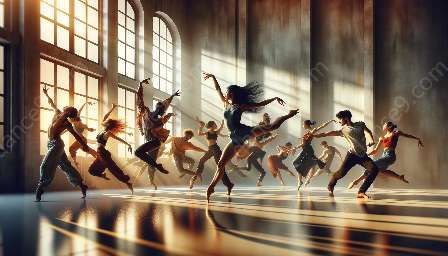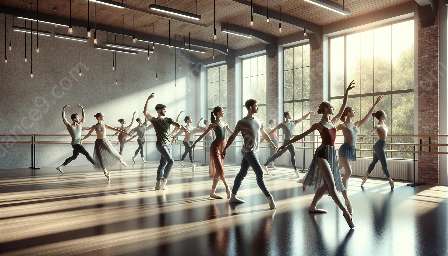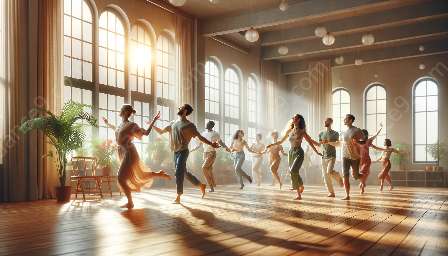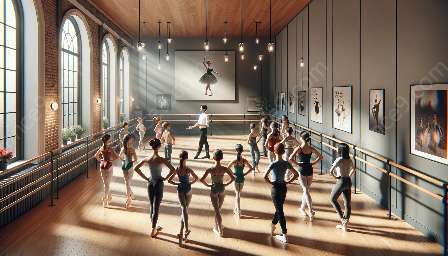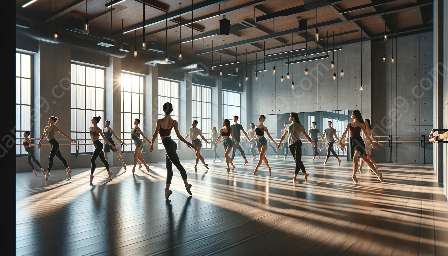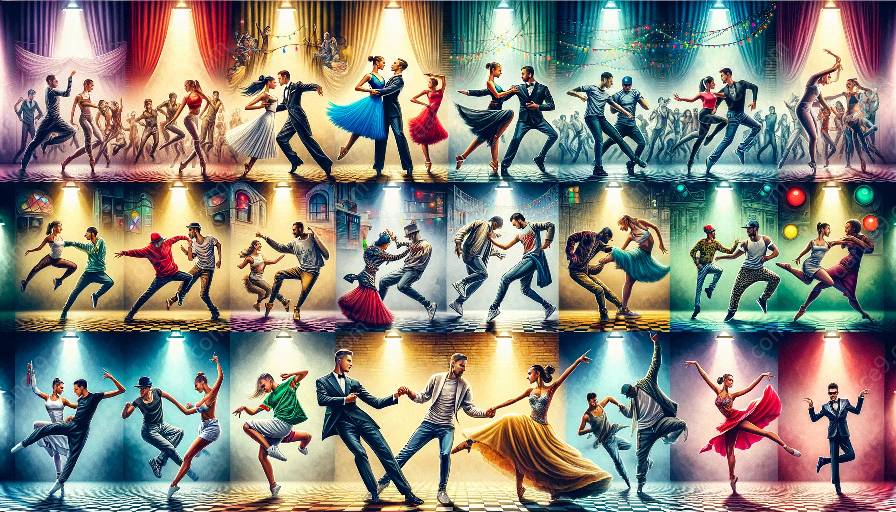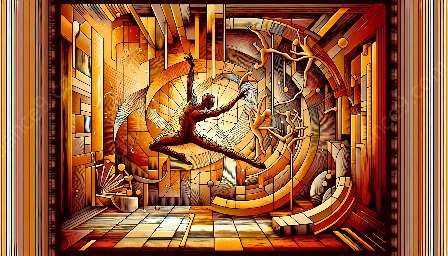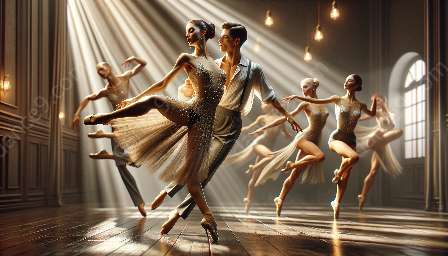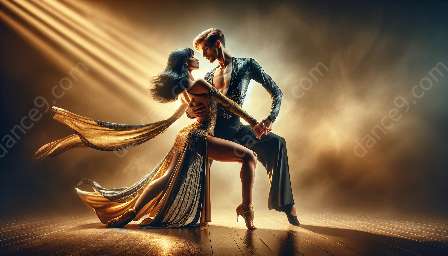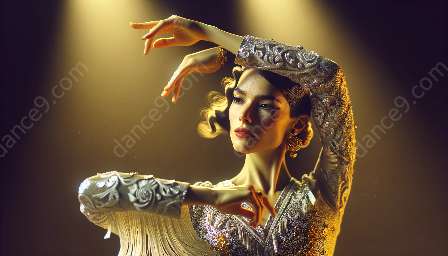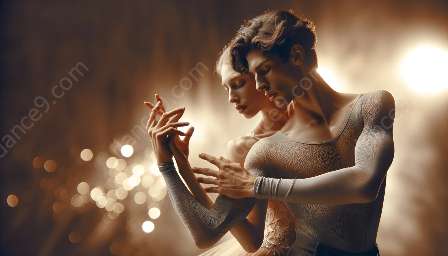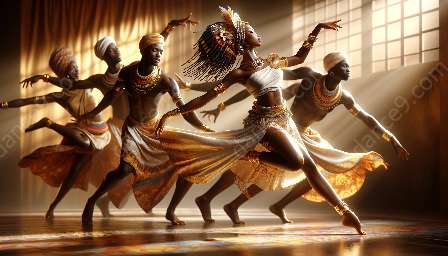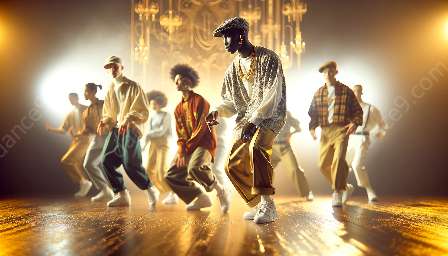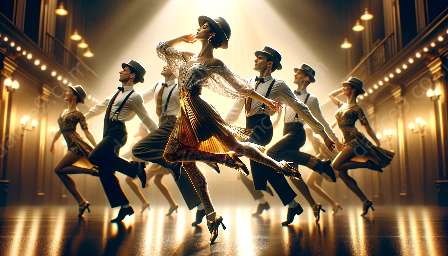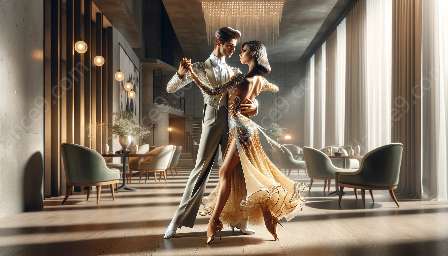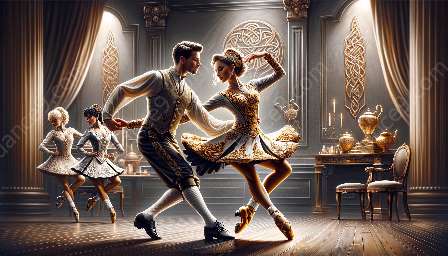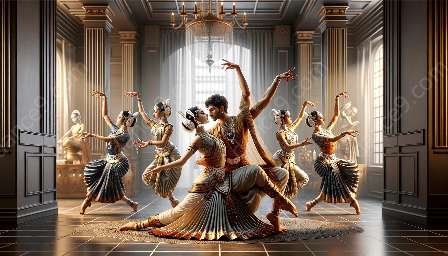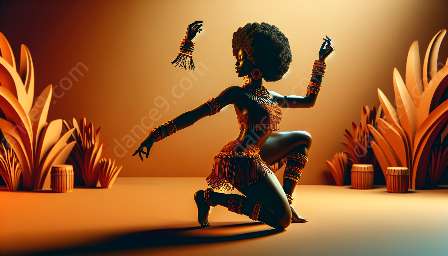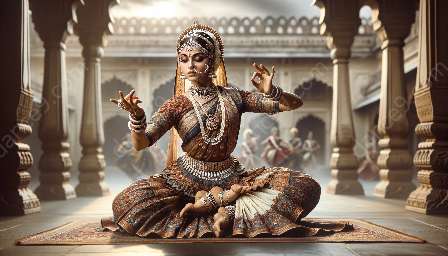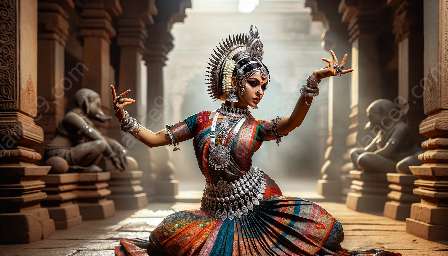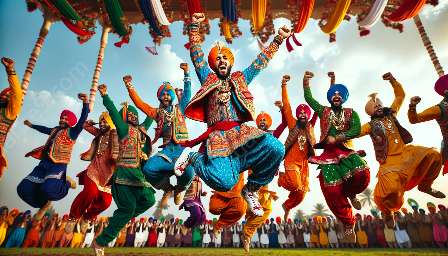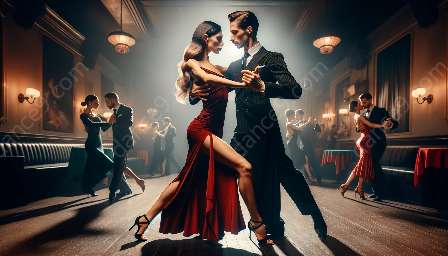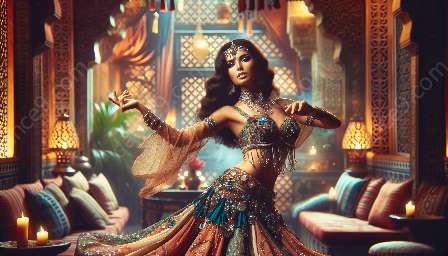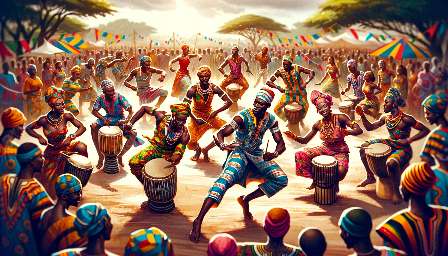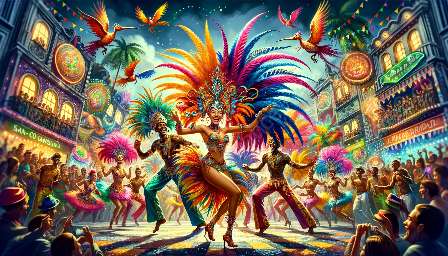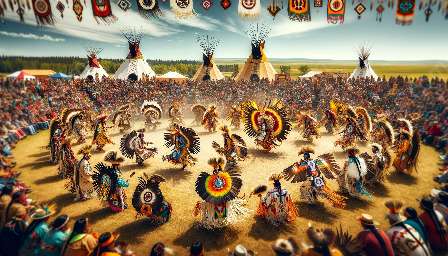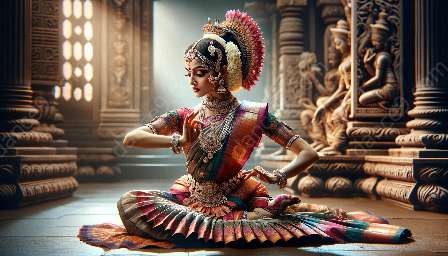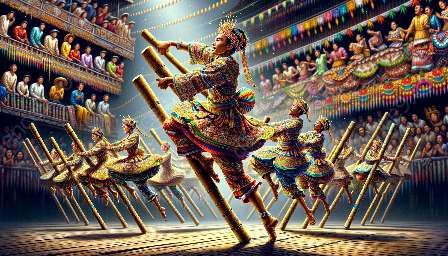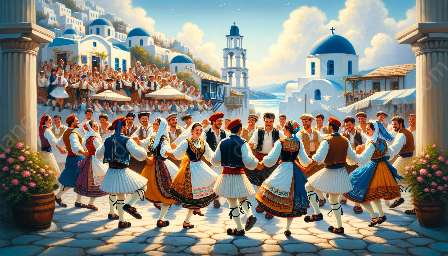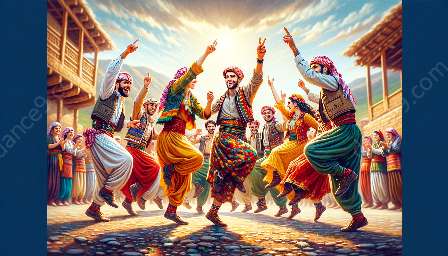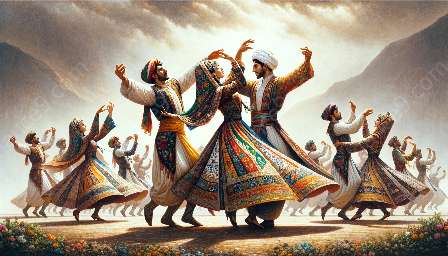Dance is a universal language that transcends cultural boundaries and connects people through the powerful expression of movement. The world of dance is filled with a rich tapestry of genres and styles, each with its own unique history, techniques, and aesthetics. From classical ballet to contemporary hip-hop, each dance genre tells a story and reflects the cultural and artistic diversity of our world.
Classical Ballet:
Classical ballet is a timeless and elegant dance form that originated in the 15th century Italian Renaissance courts. It is characterized by a highly formalized and precise technique, graceful movements, and elaborate costumes. Ballet tells stories through dance, music, and elaborate stage designs, captivating audiences with its emotional depth and technical prowess.
Contemporary Dance:
Contemporary dance encompasses a wide range of choreographic approaches and styles that break away from the traditional boundaries of classical ballet. It embraces a more expressive and fluid movement vocabulary, often drawing inspiration from modern and postmodern dance techniques. Contemporary dance is known for its versatility and emphasis on individual creativity and personal expression.
Hip-Hop:
Hip-hop dance emerged from the streets and clubs of New York City in the 1970s and has since become a global cultural phenomenon. It is characterized by its high-energy, rhythmic movements, and emphasizes self-expression and freedom of movement. Hip-hop dance encompasses a variety of styles, including breaking, locking, and popping, each with its own unique flair and attitude.
Latin Dance:
Latin dance encompasses a diverse range of dance styles originating from Latin America, including salsa, bachata, and tango, among others. These dances are known for their passionate and sensual movements, intricate footwork, and vibrant music. Latin dance embodies the rich cultural heritage of Latin America, captivating audiences with its rhythmic sway and fiery passion.
Ballroom Dance:
Ballroom dance originated in the 16th century European courts and has evolved into a sophisticated and elegant dance form. It includes dances such as waltz, foxtrot, tango, and quickstep, each characterized by its unique rhythm and style. Ballroom dance emphasizes partnership, coordination, and poise, creating a captivating display of grace and harmony on the dance floor.
Flamenco:
Flamenco is a deeply emotional and expressive dance form that originated in the Andalusian region of Spain. Characterized by its percussive footwork, intricate hand movements, and passionate expression, flamenco captivates audiences with its raw emotional power and dramatic storytelling. It is a highly individualistic and improvisational dance style that reflects the rich cultural heritage of Spain.
Kathak:
Kathak is one of the eight classical dance forms of India, known for its graceful and intricate footwork, subtle facial expressions, and storytelling through dance. It combines intricate rhythmic patterns with expressive movements, creating a mesmerizing blend of grace and power. Kathak embodies the spiritual and cultural traditions of India, captivating audiences with its intricate storytelling and emotional depth.
Breakdancing:
Breakdancing, also known as breaking, originated as part of hip-hop culture in the Bronx, New York City, in the 1970s. It is characterized by its acrobatic floor movements, intricate footwork, and dynamic spins and freezes. Breakdancing embodies the spirit of improvisation and self-expression, captivating audiences with its athleticism and creativity.
These dance genres and styles represent just a glimpse of the rich tapestry of movement and expression found in the performing arts. Each style reflects the unique cultural, historical, and artistic influences that shape the world of dance, captivating audiences with its beauty, diversity, and emotional power.





